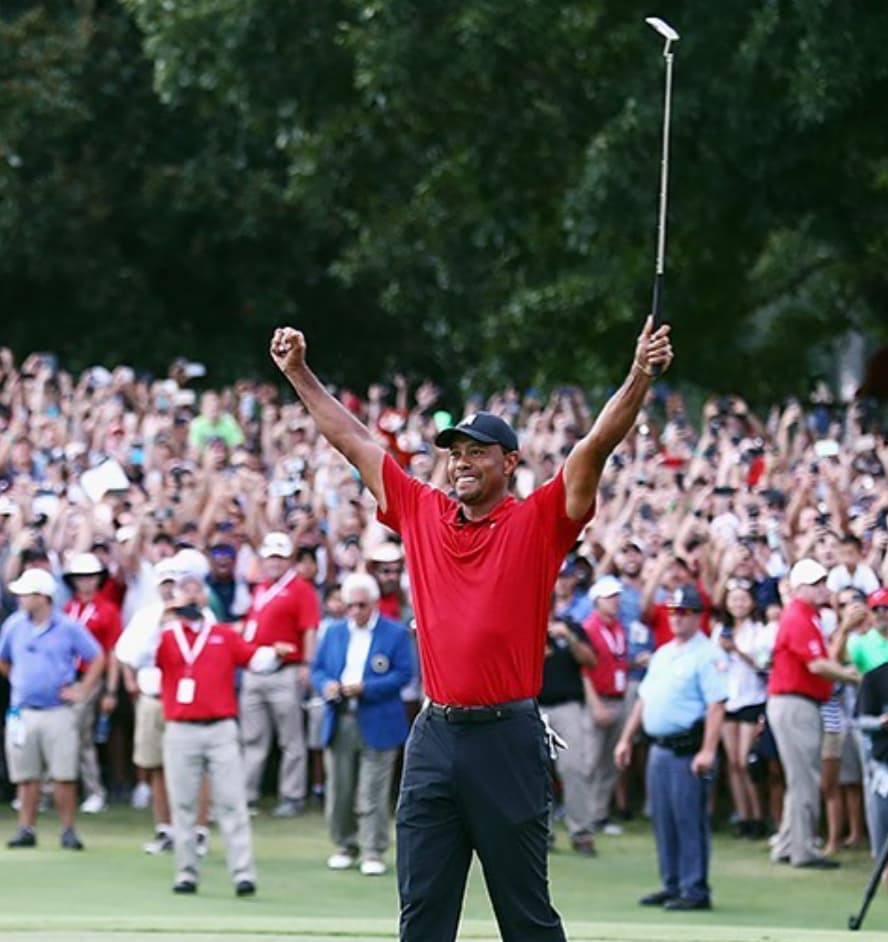MMA Concepts: How to apply the 10,000 Hours Rule to Training

Mastery takes time. Whether you’re learning how to cook, how to play an instrument, or how to defend yourself with jiu-jitsu, you need to put in the hours if you want to become an expert. This is because learning a new skill that requires activity of both body and mind requires at least three types of knowledge. The Ancient Greeks specified them as episteme (theoretical knowledge), praxis (practical knowledge), and phronesis (practical wisdom).
Theoretical Knowledge (Episteme)
For jiu-jitsu, theoretical knowledge can take several forms. There is the abstract philosophy of jiu-jitsu, which is grounded in survival, energy conservation, and efficiency. There are also theoretical principles that use efficiency as a guide and there are moves that are based on a knowledge of physics and anatomy. In other words, theoretical knowledge about the physics of levers, the anatomy of the arm and shoulder, and the principles of efficiency and survival all come together in a move like the arm bar.
Practical Knowledge (Praxis)
Practical knowledge in jiu-jitsu comes from learning the steps of a move and developing the ability to implement them. After all, the Greek word praxis is where we get the English word practice, and the only way to develop the ability to execute the moves that you learn in jiu-jitsu class is to do them over and over again.
Practical Wisdom (Phronesis)
Practical wisdom is similar to practical knowledge, but there is a very important distinction between the two. Whereas practical knowledge is concerned with learning a move and becoming better at doing it through practice, practical wisdom is concerned with having good judgment about when and how to use it. If praxis is the knowledge of how to execute an arm bar, phronesis is the knowledge of when to do it within a larger sequence and knowing the types of escapes your opponent may attempt, so you can adapt. Think of it as praxis + context.
10,000 Hours to Mastery
Of the three types of knowledge, gaining phronesis may be the most difficult one. This is because it often comes from learning through experience and understanding certain intangibles that you don’t learn in books or from an instructor. In jiu-jitsu, it comes from doing something thousands of times over the course of years.
Most people don’t try to guess how long this process takes, but Malcolm Gladwell, in his incredibly successful book Outliers, argues that it typically takes around 10,000 hours. In other words, if you want to rise to the level of concert piano player or black belt in jiu-jitsu, it means you have to play piano or train jiu-jitsu for 10,000 hours.
To put that in perspective, 10,000 hours is equivalent to around 417 days. Of course, you can’t train for 24 hours each day, so instead imagine if you could train 6 hours each day. That would still be around 1,667 days. That’s over four and a half years. If you were to train a more reasonable average of 2 hours per day, every day, it would take 13 years and 8 months to get to 10,000 hours. Since most people achieve black belt status within 10-15 years of beginning their training, it seems like Gladwell’s 10,000 hours thesis aligns with the timeline for jiu-jitsu.
Bad Form Will Not Lead to Mastery
Just putting in the hours doesn’t guarantee you’ll become a master, however. As Coach Firas Zahabi notes in the below video, you have to continue to challenge yourself and to grow as a fighter if you want to become a black belt. More importantly, loading up on hours isn’t necessarily a good thing.
All fighters start to get sloppy if they stay on the mat for too long. It doesn’t matter if you’re a white belt or a black belt. For example, you may be a purple belt who can hold your own against any other purple belt and easily sub blue belts. After three or four rounds, however, you might start making little mistakes or allow your back to be taken. At this point, Coach Firas recommends taking a break for a round or two to collect yourself. If you keep going, he says, “You’re just polluting your firing sequences.”
Over time, this can start to affect your jiu-jitsu. If you practice three rounds when you’re fresh and at your best, and then keep going for another three rounds when you’re tired and sloppy, that means you’re storing the memory of how to do the technique incorrectly half of the time. More importantly, sloppy technique increases the risk of injury and can start to hurt your confidence. You may start to question if you can even do the move correctly.
Mastery does not come easily or quickly. It takes knowledge, muscle memory, and time. For beginners and intermediate belts, it’s especially important to not rush your training because you may start to establish bad habits that can take a long time to correct. You need to take the time you need to recover and return to the mat once you’re fresh. Once you return, you’ll definitely notice that the lessons or muscle memory established from the previous session are firmly in your head. This is not only how you build endurance; it’s also how you really cement a skill and improve.

